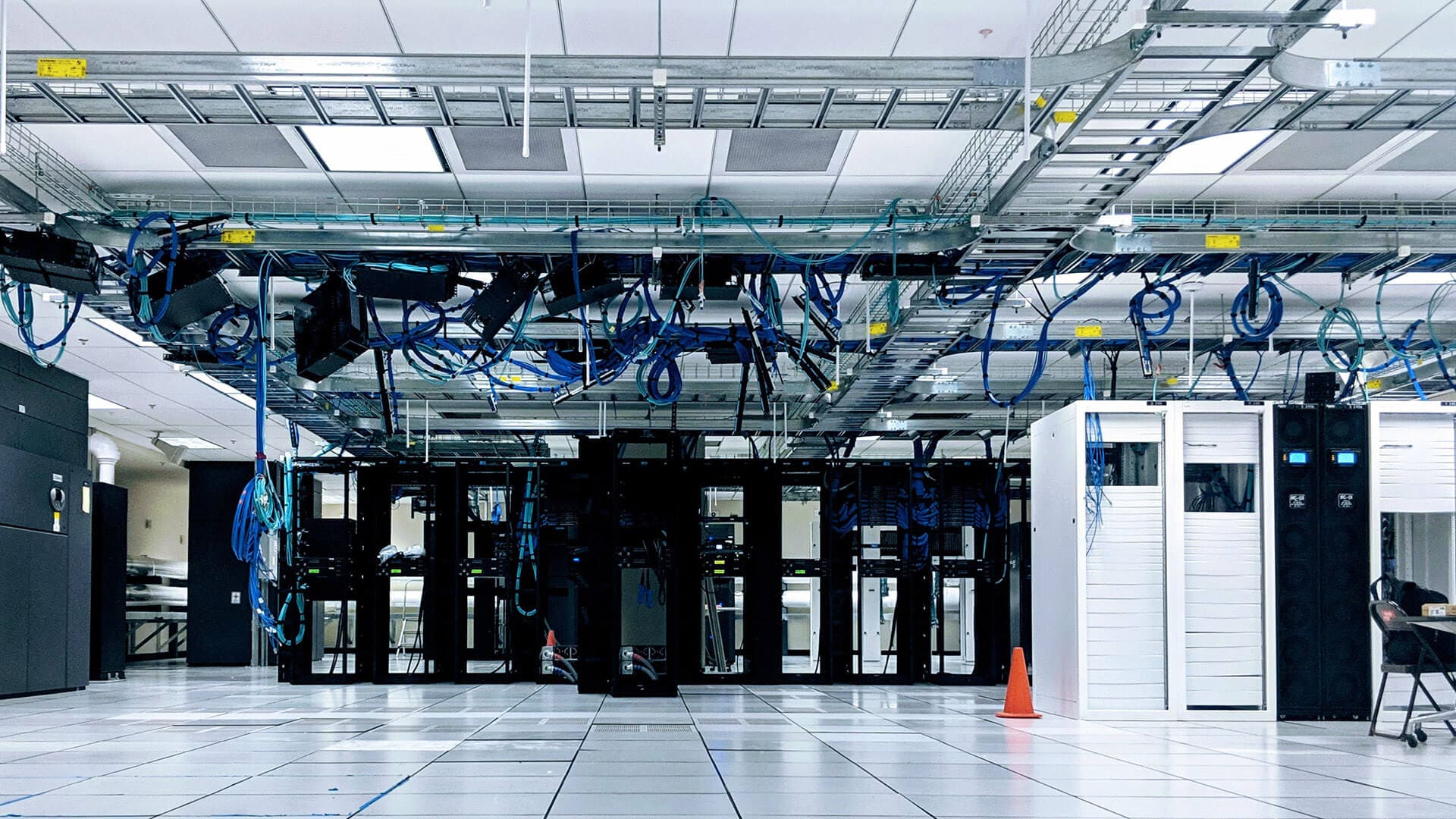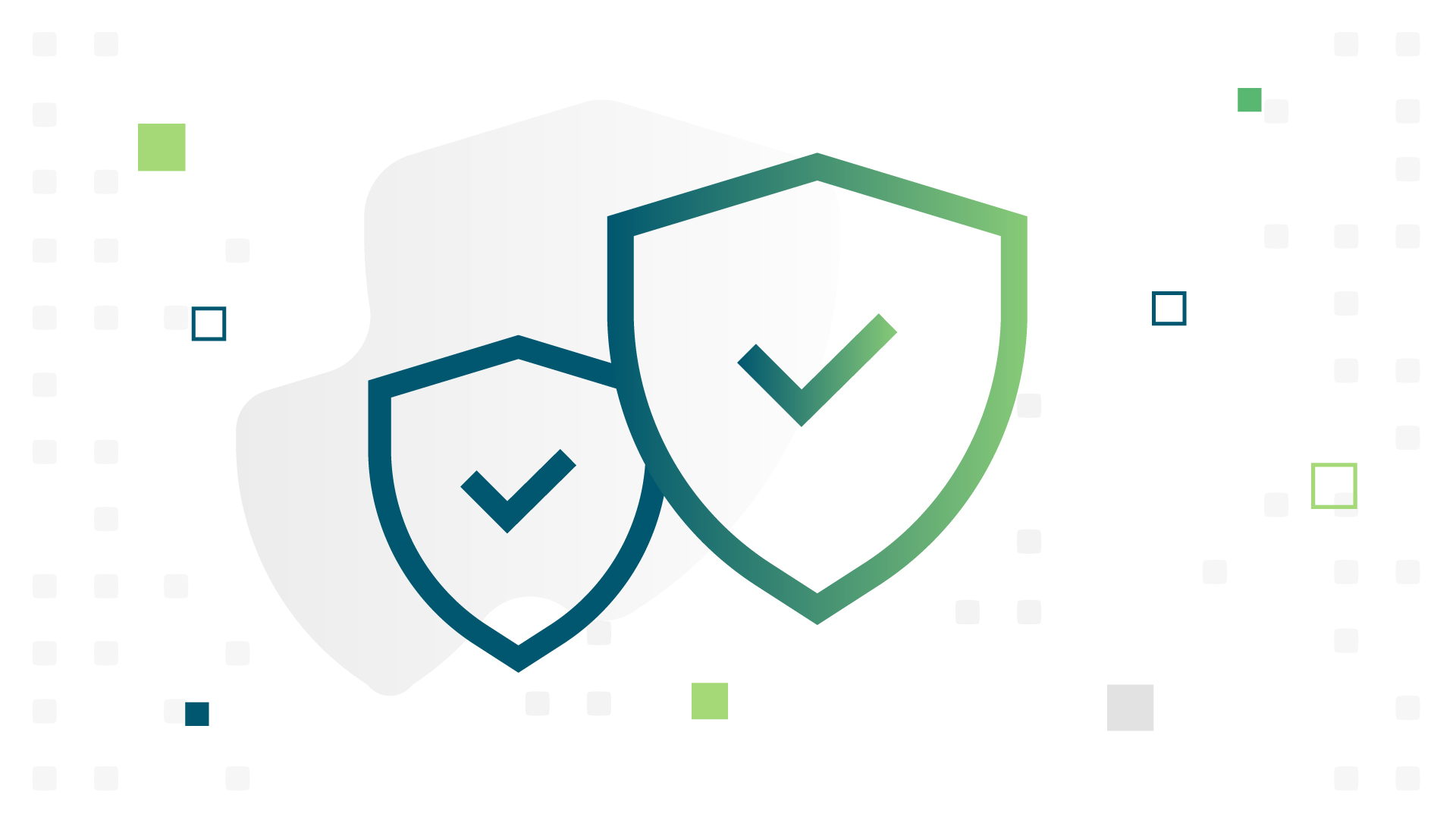Like any equipment used by your organization, your data needs to be maintained and kept in order.
That means keeping good data hygiene practices like keeping your data properly categorized, labeled, and contained within data lakes for usage top of mind. Without hygienic data and pipelines, you risk:
| Allowing duplicate information to proliferate | |
| Inaccurate data and analytics | |
| Compromised data security |
While each of these problems can be remedied, the process is often long and expensive—especially if they go unchecked for a substantial amount of time. This is largely due to the massive amounts of data that enterprises now have access to, which makes identifying and eliminating duplicate information an arduous process.
So how can you keep your enterprise data properly organized and secure? The answer can be found in an old saying about cooking, which is clean as you go.
Governance from the jump
 The best way to avoid unnecessarily spending time on resources to get your data into a hygienic state is to set up proper governance as your data comes in.
The best way to avoid unnecessarily spending time on resources to get your data into a hygienic state is to set up proper governance as your data comes in.
To do this, you need to apply automated protocols that tag and label every byte of data the moment it hits your storage platform. Once properly tagged and labeled, the data can then be automatically routed to a specific data lake where access is given only to those authorized to touch it.
A version of this process can be found in the United States Postal Service. They have automated how the flood of mail they receive every day is sorted, routed, and gathered for delivery at specific locations. For this example, your data is a letter, data lakes are sorting machines, and various teams are the mail carriers.
A never-ending practice
 It’s important to note that good data hygiene isn’t a “set it and forget it” task. Even with proper hygiene in place at the ingestion level, routine checkups need to occur.
It’s important to note that good data hygiene isn’t a “set it and forget it” task. Even with proper hygiene in place at the ingestion level, routine checkups need to occur.
There are a number of reasons for this, including:
- The steady increase in new sources of data
- Changes in how your teams need to access and use data as your business evolves
- Employees joining and leaving your organization, which requires adding or removing data access
Each of these factors can contribute to your data sources and pipelines turning into a state of disarray, and when left unchecked long enough, can severely impact—if not outright damage—your business.
Getting help with data hygiene
Not every organization has the capacity or skill set on hand to build out solid governance at the data ingestion level. That’s where we can help.
Our data experts can assist you with installing proper governance for data at its arrival, including automation for tagging and labelling all information as it comes in and the creation of data lakes on demand.
Redapt experts can also do a deep dive into your data to clean up any messes, from identifying all your data sources and where it’s currently being used, to reconciling mass quantities of data sets and installing governance mechanisms going forward.
Treat your data like the valuable resource it is and take measures now to ensure you can always keep your data and pipelines clean, secure, and accessible.
For help getting started, contact one of our experts today. Otherwise, click here to read our in-depth guide to advanced analytics.
Categories
- Cloud Migration and Adoption
- Enterprise IT and Infrastructure
- Artificial Intelligence and Machine Learning
- Data Management and Analytics
- DevOps and Automation
- Cybersecurity and Compliance
- Application Modernization and Optimization
- Featured
- Managed Services & Cloud Cost Optimization
- News
- Workplace Modernization
- Tech We Like
- AWS
- Social Good News
- Cost Optimization
- Hybrid Cloud Strategy
- NVIDIA
- Application Development
- GPU




